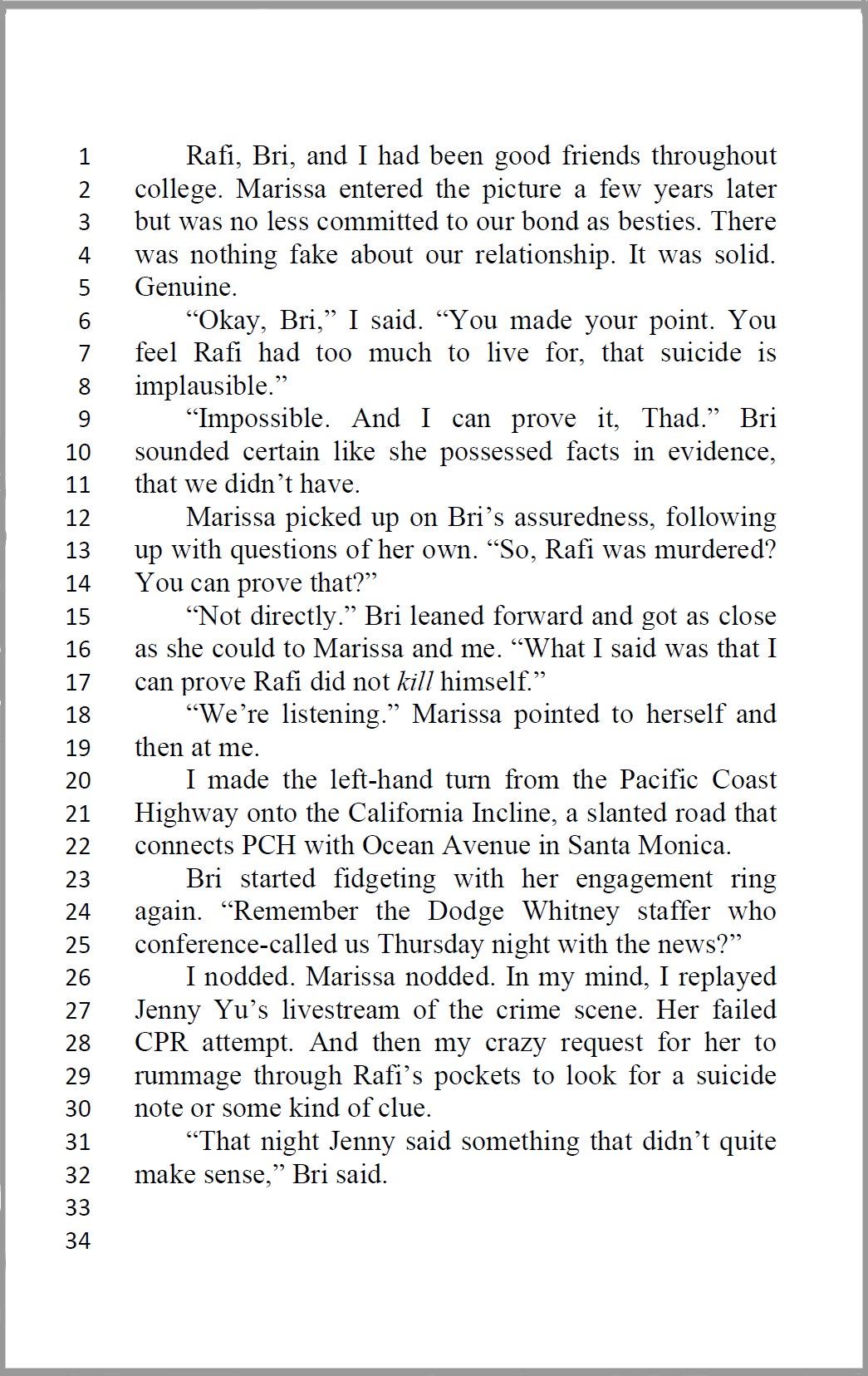Galley Proof Nightmares - Part 1: Macro-level Bloopers
Welcome back to the ongoing saga of my author journey. With the Copy Edits complete, the next step in my publisher’s manuscript workflow was reviewing the Galley Proofs. What are those? And what’s at stake when approving the Final Galley?

What’s a Galley Proof?
First, for those who’ve never gone blind proofreading a Galley, let me explain just what a galley is.
Galleys are single-column mockups of what the final manuscript will look like. In my case, All that Glisters will be produced both as a 5” x 8” paperback and e-book for Kindle and other e-readers.
Galley (not to be confused with an oar-propelled ship or the kitchen on a boat) is a holdover term from the early days of printing. It refers to the metal trays used to arrange hand-set movable type, either wood or metal. Back in the day when I took “print shop,” I remember loading the galley with type and tightening the lines in place before running a first print.
The purpose of the galley? Allow the author to review the formatted manuscript as it will look on the page in order to make last-minute corrections.

No Turning Back
What’s at stake? In the email from the Galley Team, the publisher made clear beyond any possibility of doubt, that once I approved the Final Galley, there would be no turning back. Absolutely none. Finality and then some. The manuscript would be frozen as is until publication rights reverted to me at the end of my contract. No do-overs.

Under Pressure
Which meant I was under pressure to make sure all the nits had been picked clean from the galley proof. I wasn’t about to attach my name to a figuratively “lousy” product. Talk about a “fine-tooth comb.”
A Whole Lot of Precious Time
As George Harrison sang in his 1987 hit cover of the love song Got My Mind Set on You: “It takes time, a whole lot of precious time” to do it right. Winning the heart of the reader with a clean manuscript is just as exacting. Proofing the galley involves a 100 percent re-read beginning to end, front matter to back matter, leaving you bleary-eyed. At 30 pages per hour, it took me two days to plow through all 400 pages of my debut novel.
For your galley proof workout, plan on setting aside a minimum of two days with no distractions. And as you read, keep in mind this is a 30,000-foot read-through coupled with a microscopic take at as low a level as a single punctuation character.
What to Look For
At the 30K-foot level, you’re looking for plot inconsistencies, flaws in character descriptions, and anything major that you missed in the first- and second-round edits. These will be things that stop readers cold and make them want to throw the book across the room.
At the micro level, you’re looking for typos and formatting errors: Irregular spacing. Missing italics. Mixed fonts in a single word. Headings without capitalization. Anything that baffles the reader.
The Galley Worksheet
For those oopsies I did find, my publisher asked I report them on a worksheet. With the galley sporting line numbers in the left margin, this was a simple matter of listing the line in error, the book page number, and then “the fix,” highlighting what I changed. When the suggested correction needed clarification, I attached a note in the margin for the editor.

Macro-level Bloopers — A Sample
The Orthopedic Rebuilt Which Wrist?
So, I’m in chapter 27, seven hours into the “proofing thing,” eyes watering, when I come across the following:

Wait! Left wrist? I’m pretty sure in an earlier chapter when the protag goes through a metal detector he gets flagged for his right wrist.
Sure enough, I flipped back through the galleys and in chapter 9, I spot this:
Oops. Unless my hero has busted both arms in two separate wipeouts, this is clearly a blooper. Thank heavens for the opportunity to do a final read-through. I make a note on the Galley Worksheet.
What Bullet Points?
In the original manuscript, when I was making a list, I used Microsoft Word to automatically drop in the bullet symbols. During the first-round edits, the editor flagged the bullets and converted them to em dashes instead. Most e-readers have trouble displaying symbols other than a standard character set so the publisher avoids them.
I was good with the switch to em dashes in lieu of bullets until I read the Galley Proof. Here’s the text that caught my attention:

On line 10 of this scene snippet, the protagonist is reading off the first bullet point the sleuthing team had just brainstormed. And yet in the galley all the reader sees is an em dash (—) instead of a • (the traditional bullet symbol). For me, this triggered a little cognitive dissonance. Something felt off. I expected it might do the same for the reader. The solution was simple. Modify the text so that it read “key points” instead of “bullet points.” I made a note.
You Say Her Hair Is Black?
I’m one of those writers who creates a Character Sketch for everyone in the storyline. A full description including look (physiology), socio-economic background (sociology), and wants & needs (psychology). I even include a sample photo.
As I’m writing the scene in which the character appears, I’ll refer to the sketch. Most of the time I get it right but in the throes of drafting, it’s easy to forget the details.
That’s what happened for this character. Here’s a snippet of the sketch for Jenny Yu, the Dodge Whitney staff member who discovers the murder victim’s body:
The Look (Physiology) -
Age - 24
Gender - Female
Image: A slight thing (5’ 2” at 105 lbs.), living on a traditional Chinese diet of minimal meat/fish, plenty of vegetables, and lots of sticky rice. Hopeful brown eyes, ear-length black hair, pixie cut. She has a noticeable overbite with teeth that could have used orthodontics but in her hometown of Guangzhou, the cost was beyond the reach of her parents. Her smile is tentative, most of the time, but if she finds delight in what she sees, her thin lips stretch until dimples appear. (Dimples are considered a good luck charm in her culture.) She dresses conservatively, uses little makeup, and never has to worry about showing cleavage.
Well...in the first Galley Proof, Jenny has black hair as depicted below:
But two chapters later, I stumble upon this:

Black-brown? Yes, I could have explained the difference away based on the ambient lighting but then the protagonist-narrator would be obliged to comment or make a mental note. What did I do? I corrected the galley based on the original character sketch. One less blooper.
Next Week
In Part 2 – Galley Proof Nightmares we’ll pick up with Micro-level Foul-ups starting with Full-justification Mangles. Heady stuff. Tune in to see what’s involved in goof-proofing your final, final galley.
Join Me
Thanks for reading my blog. You can get more ideas for navigating today’s fast-paced publishing world in my popular email newsletter. Each week, I share insights into the writing craft, tips for further exploration, and the latest news on Hanlon & de la Guerra mystery series. Click the link below now and join us.

